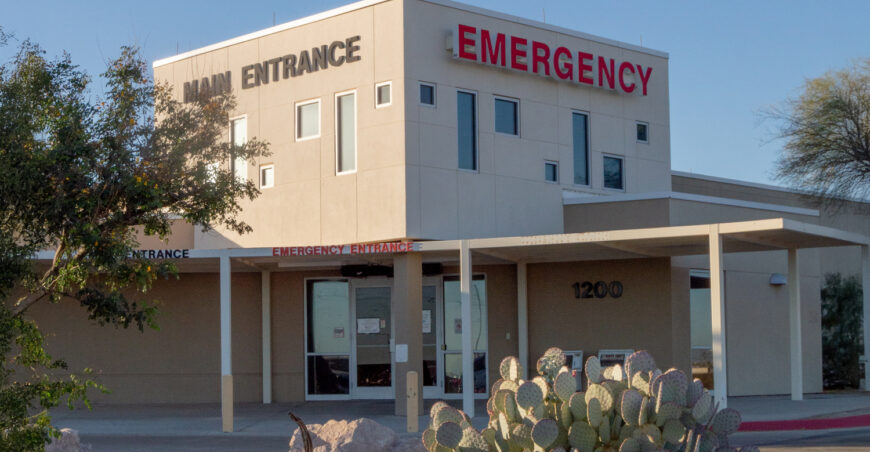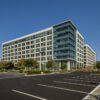Medical office buildings (MOBs) have gained a lot of traction among real estate investors in recent years. As healthcare demand continues to rise due to an aging population, technological advancements, and shifting patient preferences, medical office buildings or condos offer a unique niche within commercial real estate that blends stability with long-term growth potential.
But like any investment, medical office buildings come with their own set of benefits and challenges. Whether you’re a seasoned investor looking to diversify or someone new to the world of healthcare real estate, it’s important to weigh the pros and cons before making your move.
The Pros of Investing in Medical Office Buildings
1. Steady Demand Driven by Healthcare Needs
One of the most compelling reasons investors turn to MOBs is the consistent demand. Healthcare is not a luxury, it’s a necessity. According to Globest.com, as the population ages and chronic illnesses increase, the demand for medical services and outpatient care facilities is expected to grow steadily. This makes MOBs a relatively recession-resistant asset class.
2. Long-Term, Stable Tenants
Medical tenants such as doctors, specialists, imaging centers, and outpatient clinics tend to sign long-term leases. They invest heavily in tenant improvements (think specialized plumbing, exam room layouts, or high-end medical equipment) which makes relocating expensive and disruptive. As a result, turnover is typically lower than for traditional office properties.
3. Resilience to Market Cycles
Compared to other types of commercial properties like retail or traditional office buildings, MOBs are more insulated from economic downturns. Even during challenging times, people still need access to healthcare. This stability can be particularly attractive for investors seeking predictable cash flow.
4. High Retention Rates
Once a medical tenant establishes a patient base at a specific location, moving becomes logistically and financially difficult. The retention rate for medical tenants is significantly higher than in other sectors, which translates into reduced vacancy risk and steady income for landlords.
5. Strong Cap Rates in Growing Markets
In markets with strong demographics and healthcare demand such as Phoenix, Dallas, or Tampa, MOBs often command favorable cap rates. They’re particularly appealing to 1031 exchange buyers or institutional investors seeking long-term returns with less volatility.
The Cons of Investing in Medical Office Buildings
1. Higher Barriers to Entry
MOBs aren’t always easy to break into. The buildings often come at a higher price point, especially if they’re located near hospitals or in prime suburban locations. Additionally, the due diligence and lease negotiation process can be more complex compared to other asset classes.
2. Specialized Buildouts and Capital Expenditure
Medical tenants often require custom layouts such as surgical suites, lead-lined walls for imaging rooms, or ADA compliance upgrades. These specialized buildouts can be expensive up front and potentially costly when tenants move out. Capital expenditure can exceed that of a standard office building, which can eat into returns if not properly accounted for.
3. Regulatory Complexity
Healthcare is one of the most regulated industries in the U.S., and this carries over into real estate. Building owners may need to understand HIPAA compliance, medical waste disposal requirements, and zoning ordinances for medical use. Working with experienced professionals (brokers, attorneys, and property managers who know healthcare) is essential.
4. Tenant Credit Can Vary
While some MOB tenants are credit-rated healthcare systems or hospitals, many are independent practitioners or group practices. Their creditworthiness and retention can be harder to evaluate than national corporate tenants. This can add a layer of risk, particularly in single-tenant buildings.
5. Limited Repurposing Potential
Unlike retail or traditional office space, medical office buildings are often purpose-built. If market demand shifts or a tenant vacates, it may be difficult or expensive to convert the property to a different use. These limits exit strategy flexibility compared to more generic commercial assets.
Final Thoughts: Is Investing in MOBs Right for You?
Medical office buildings are a niche but powerful addition to any real estate portfolio. They offer a unique combination of durability, tenant stability, and long-term income potential. However, they also require thoughtful planning, industry-specific knowledge, and an understanding of the capital needed for specialized infrastructure.
For investors with the right resources and strategy, MOBs can be a rewarding, recession-resistant asset class. And that’s where the ICRE Investment Team comes in.
With deep expertise in healthcare real estate, our team helps investors navigate every step—from market analysis and tenant mix evaluation to acquisition strategy and lease structuring. Whether you’re exploring your first medical office investment or expanding an existing portfolio, we provide the insights and relationships that drive long-term success.
Ready to explore the opportunity in medical office real estate? Let’s connect and see how we can help you make your next strategic move.
















